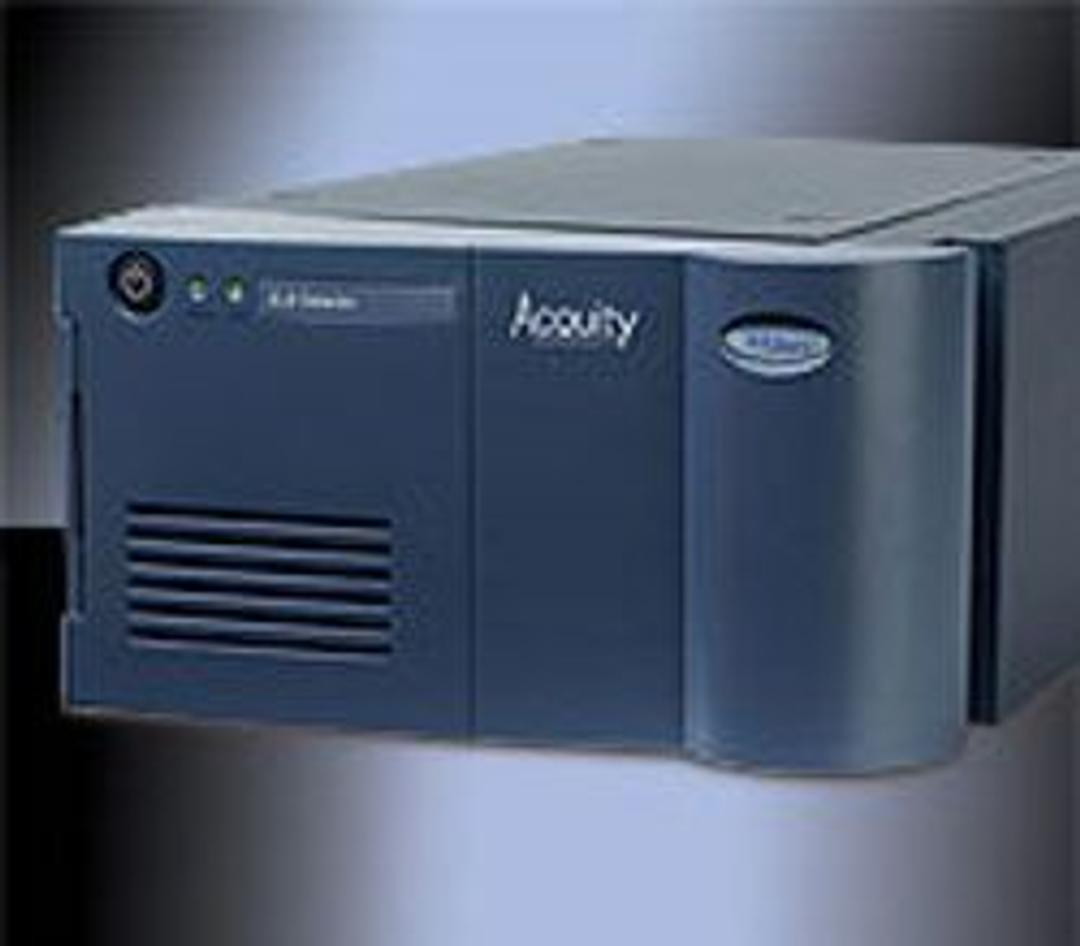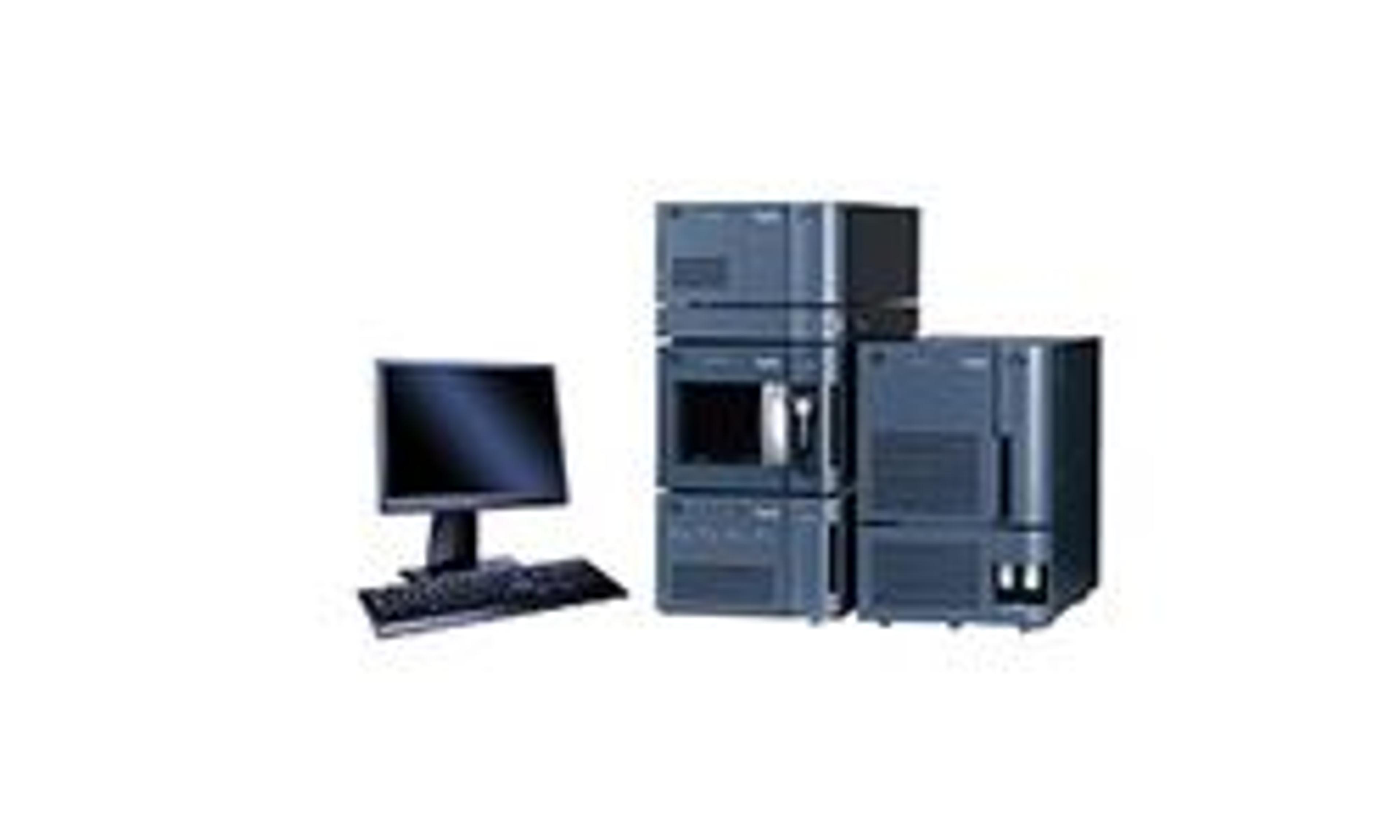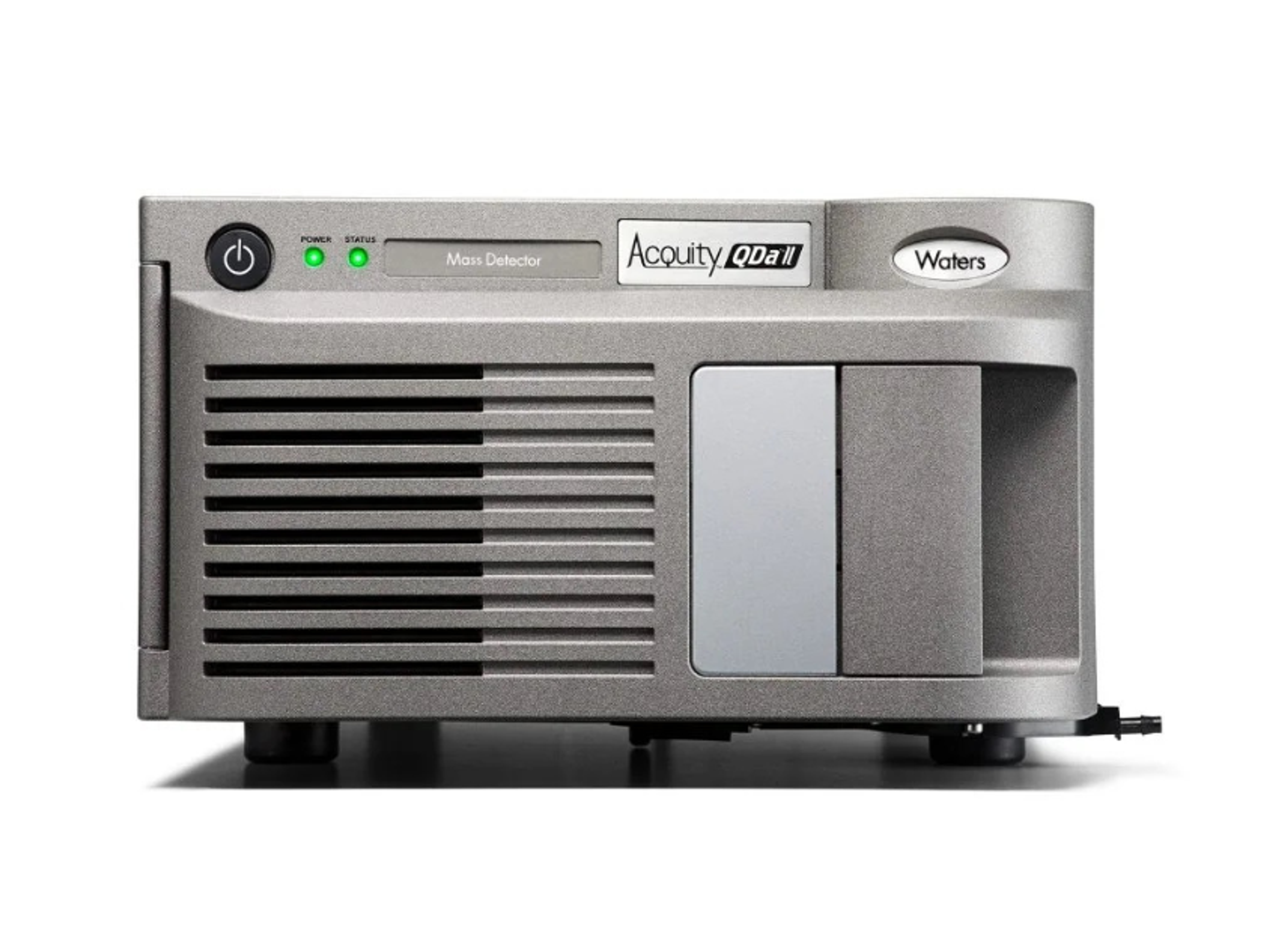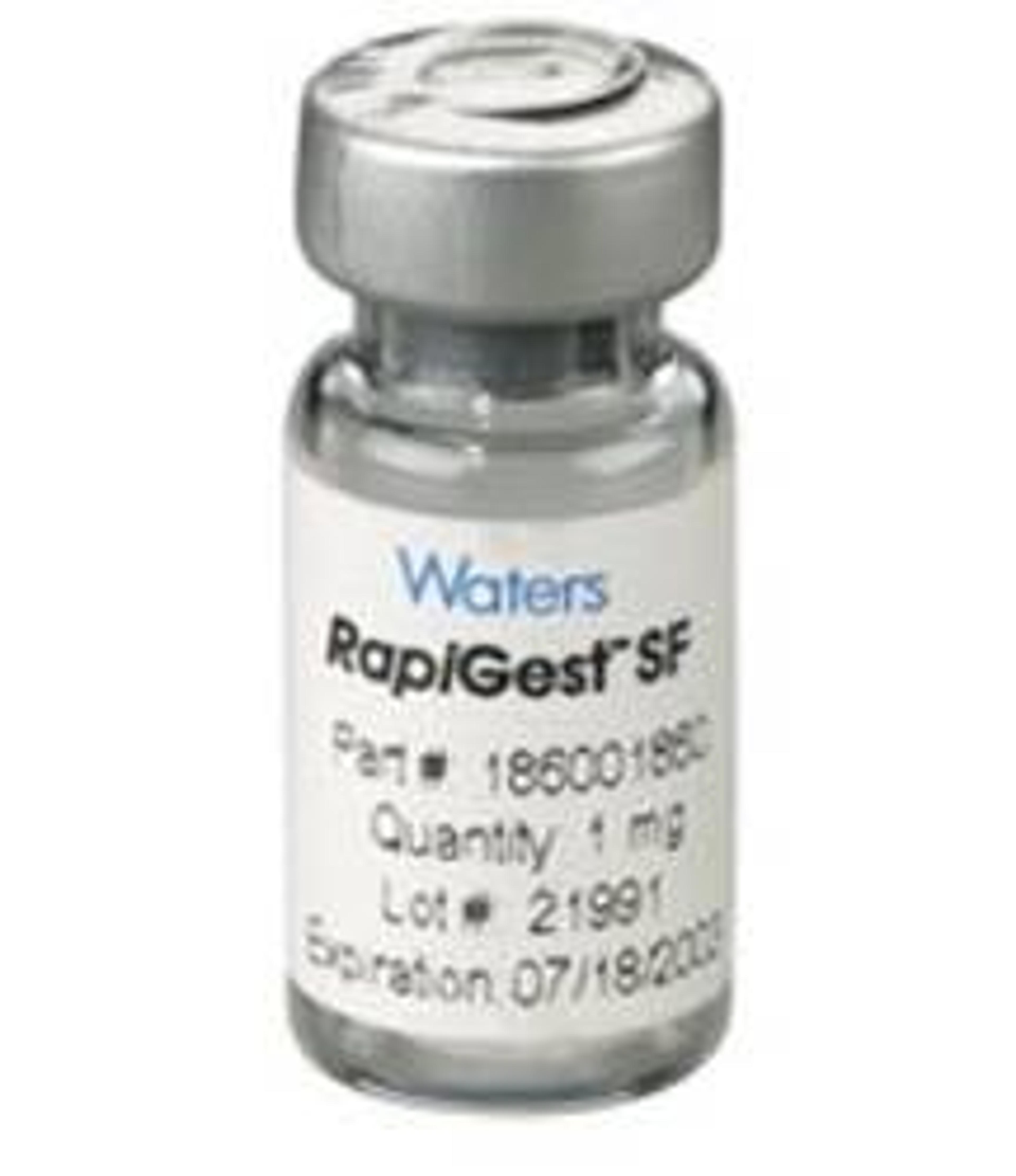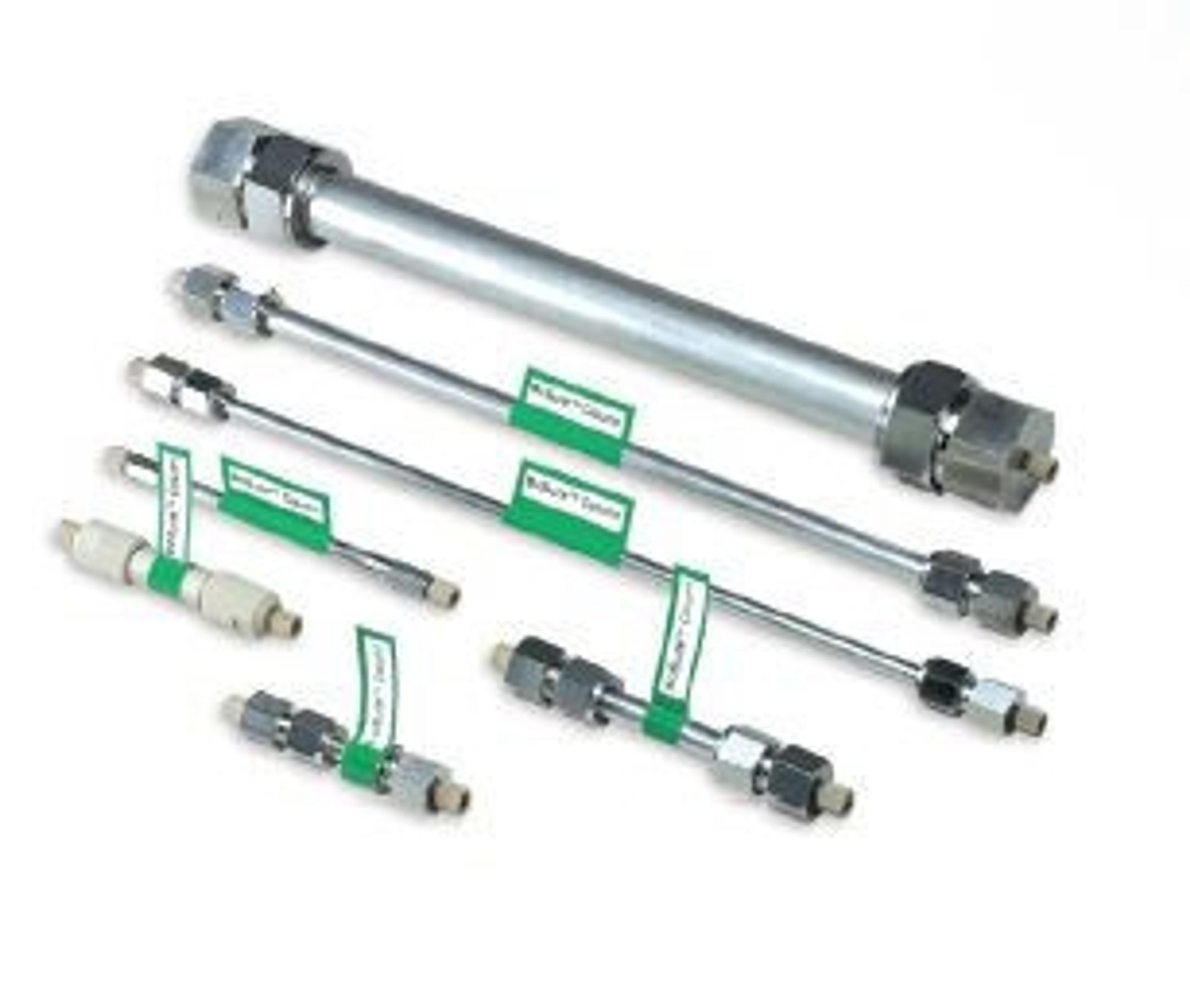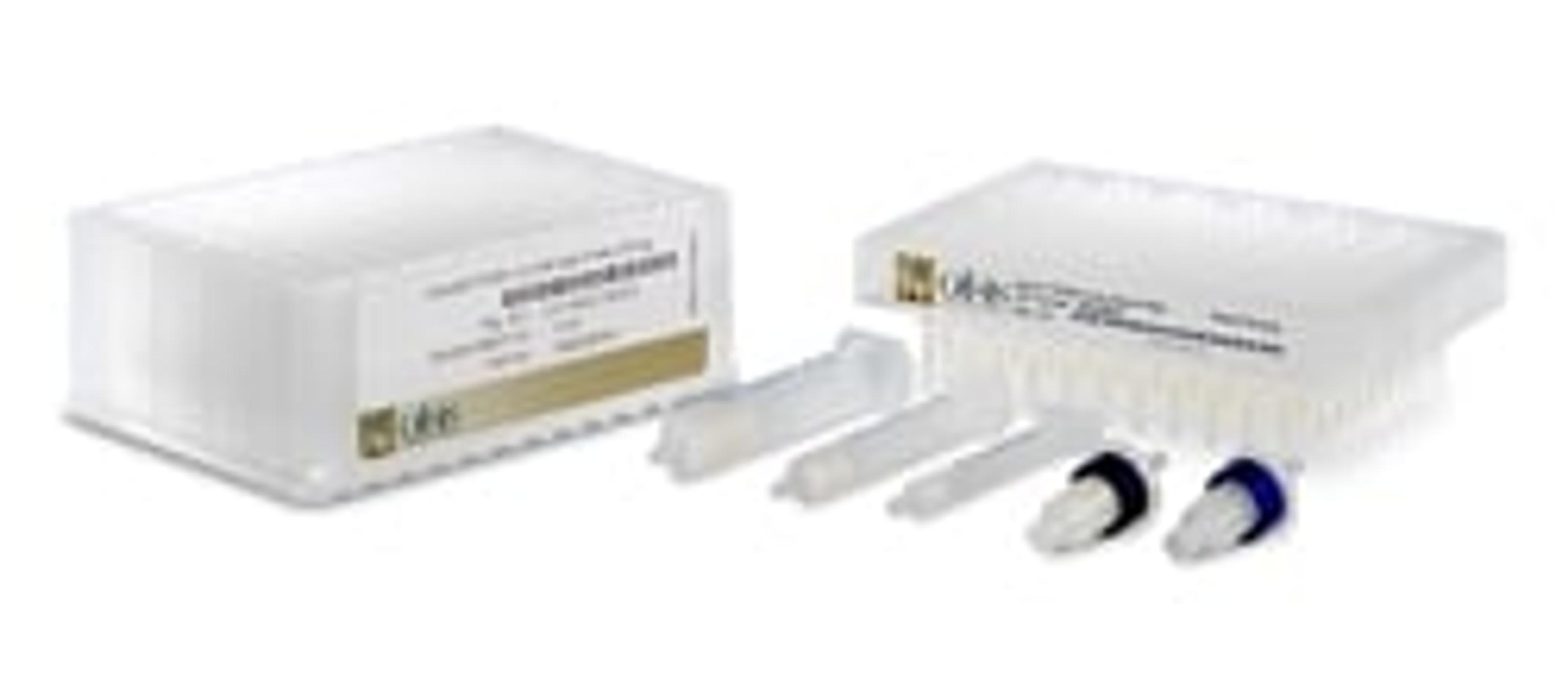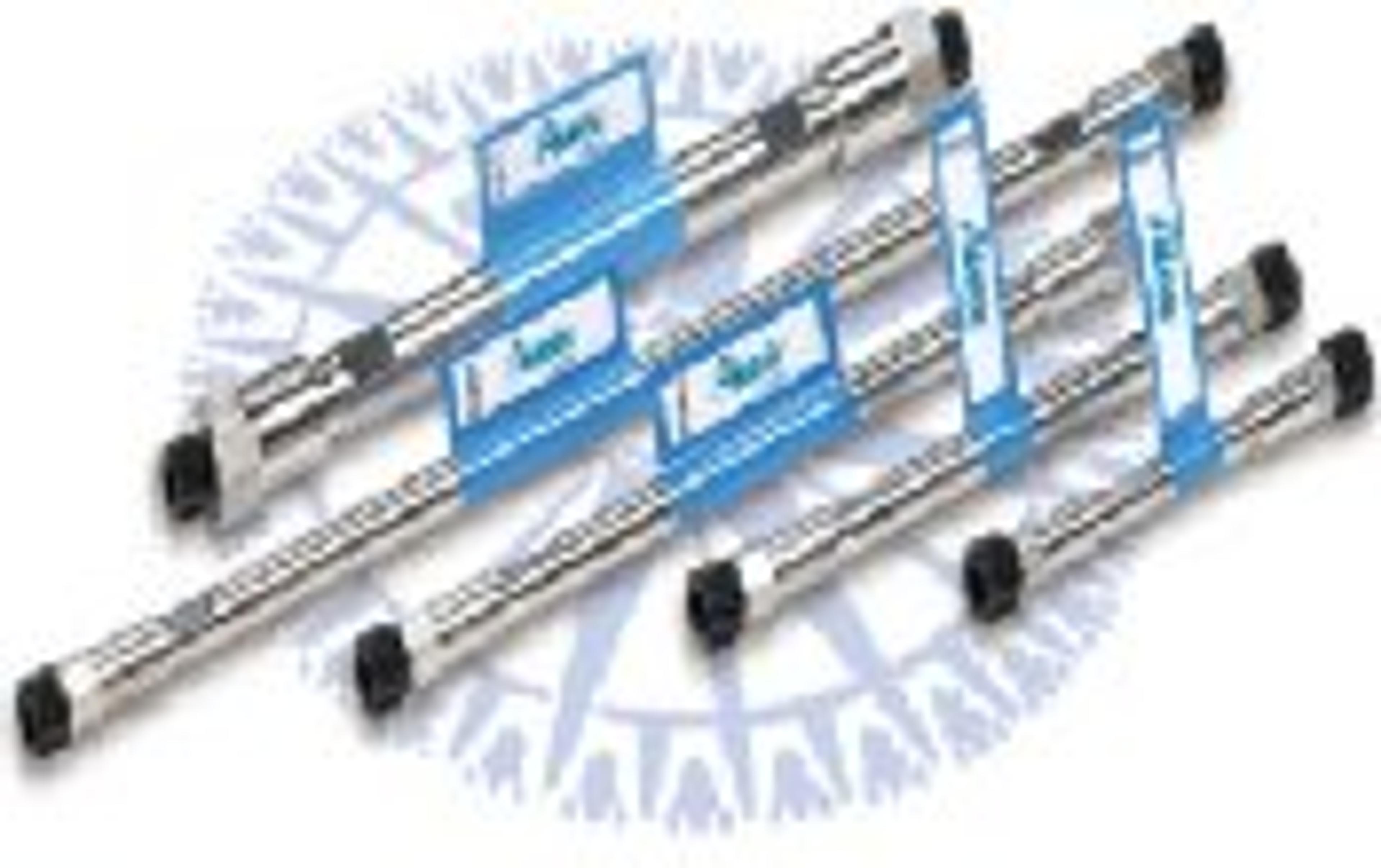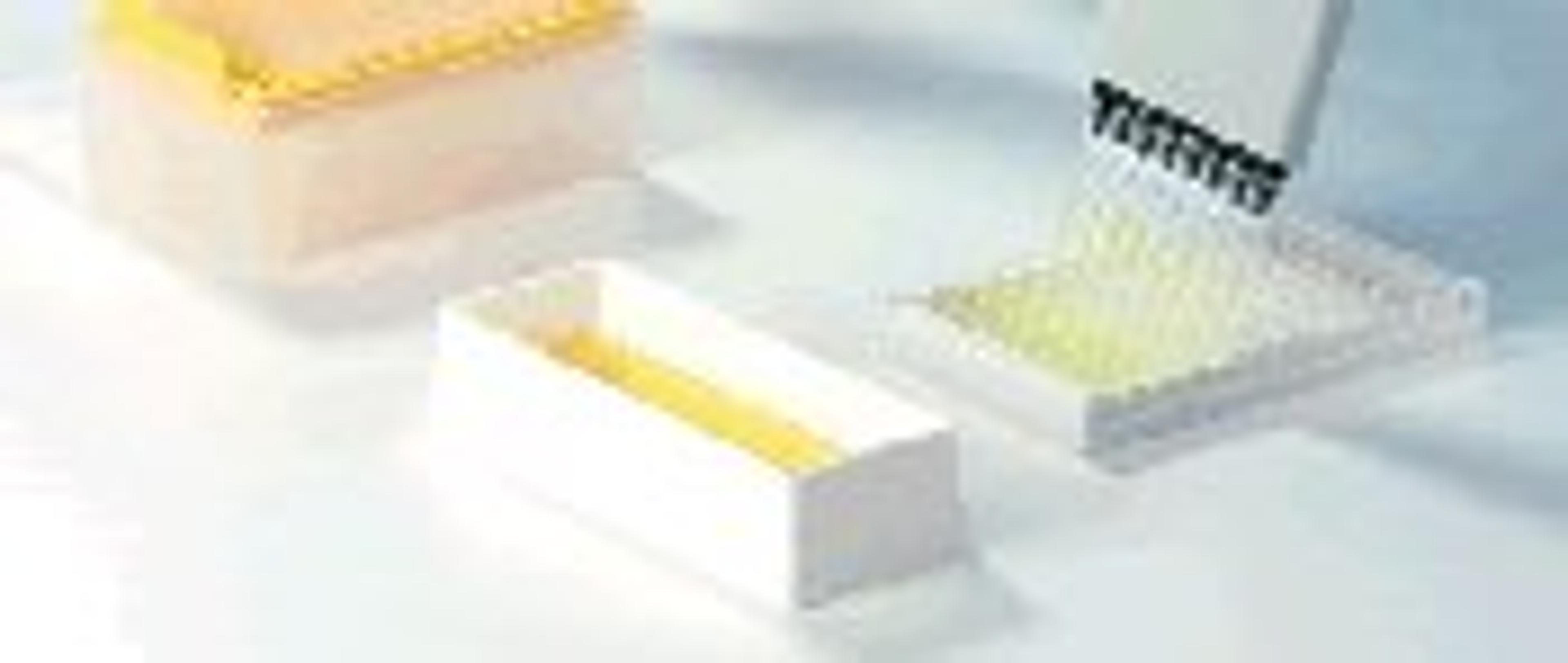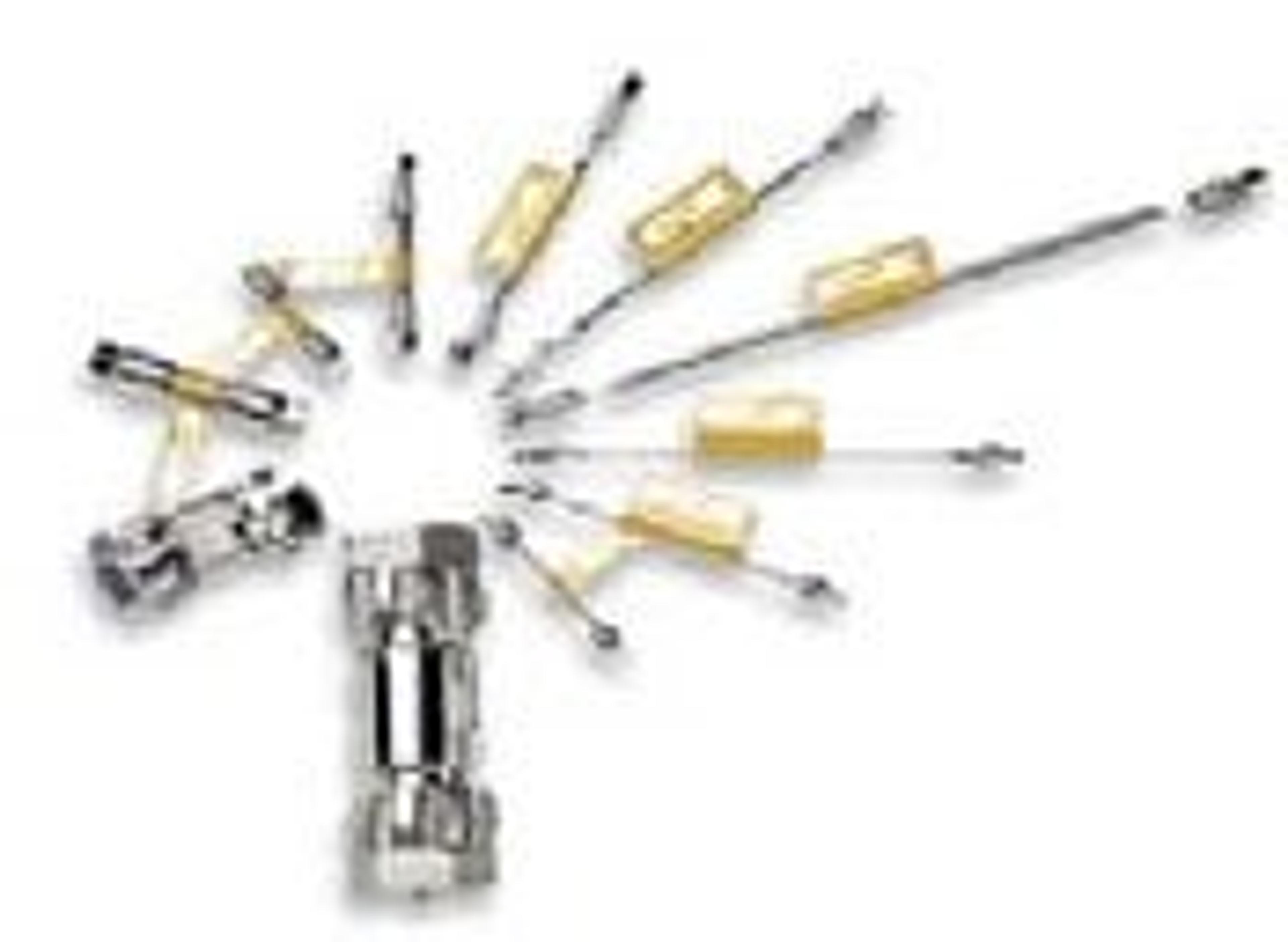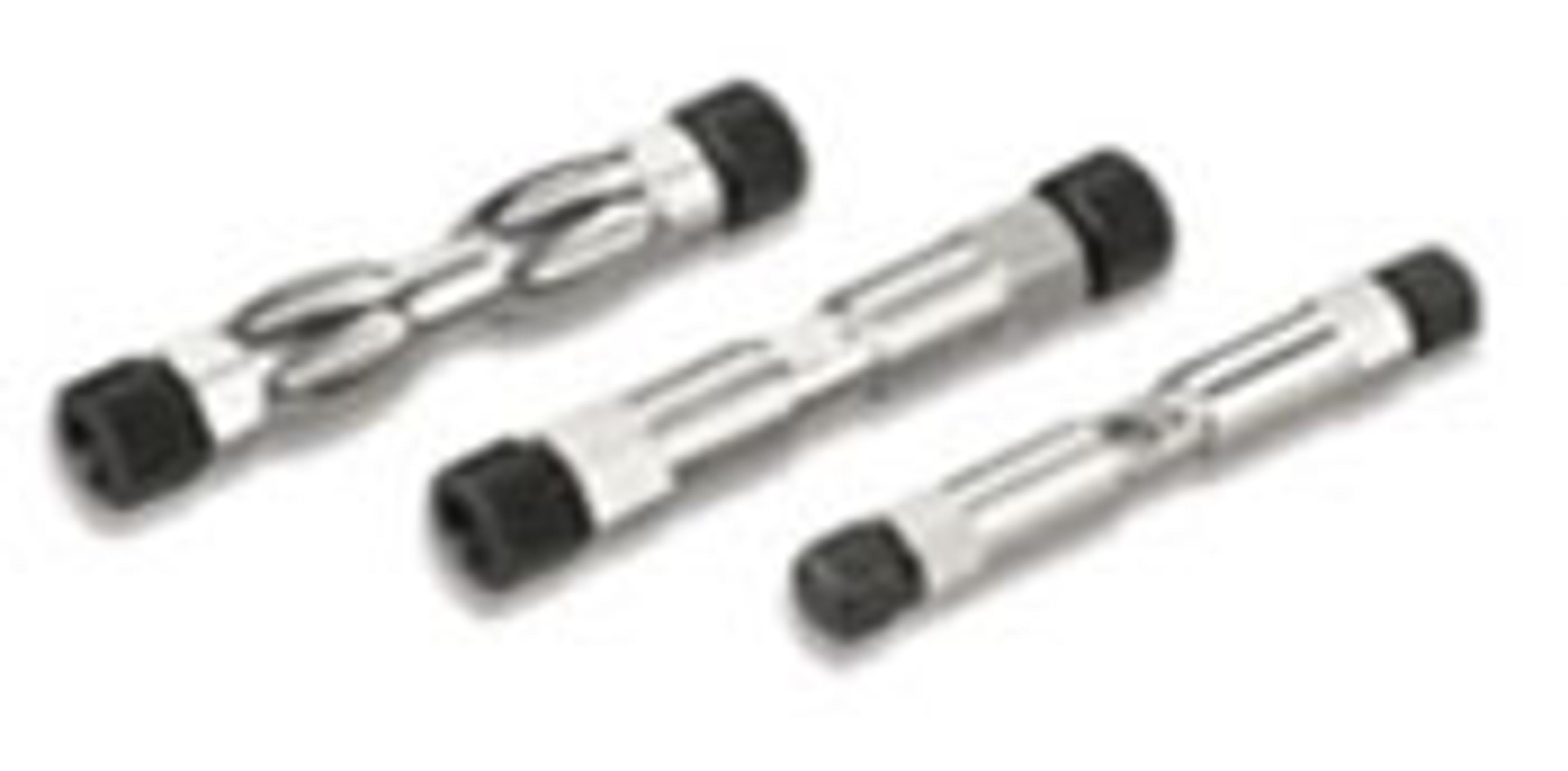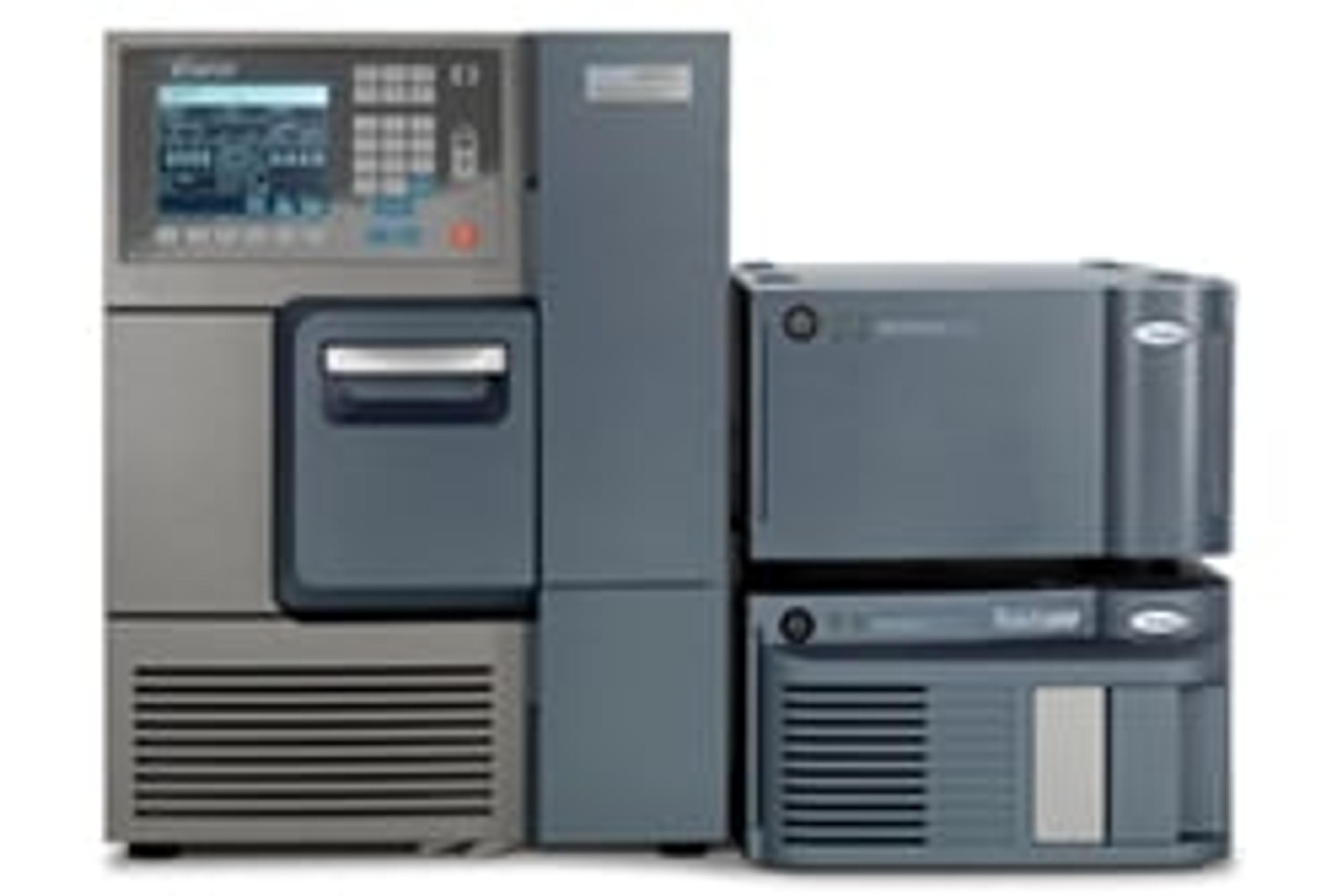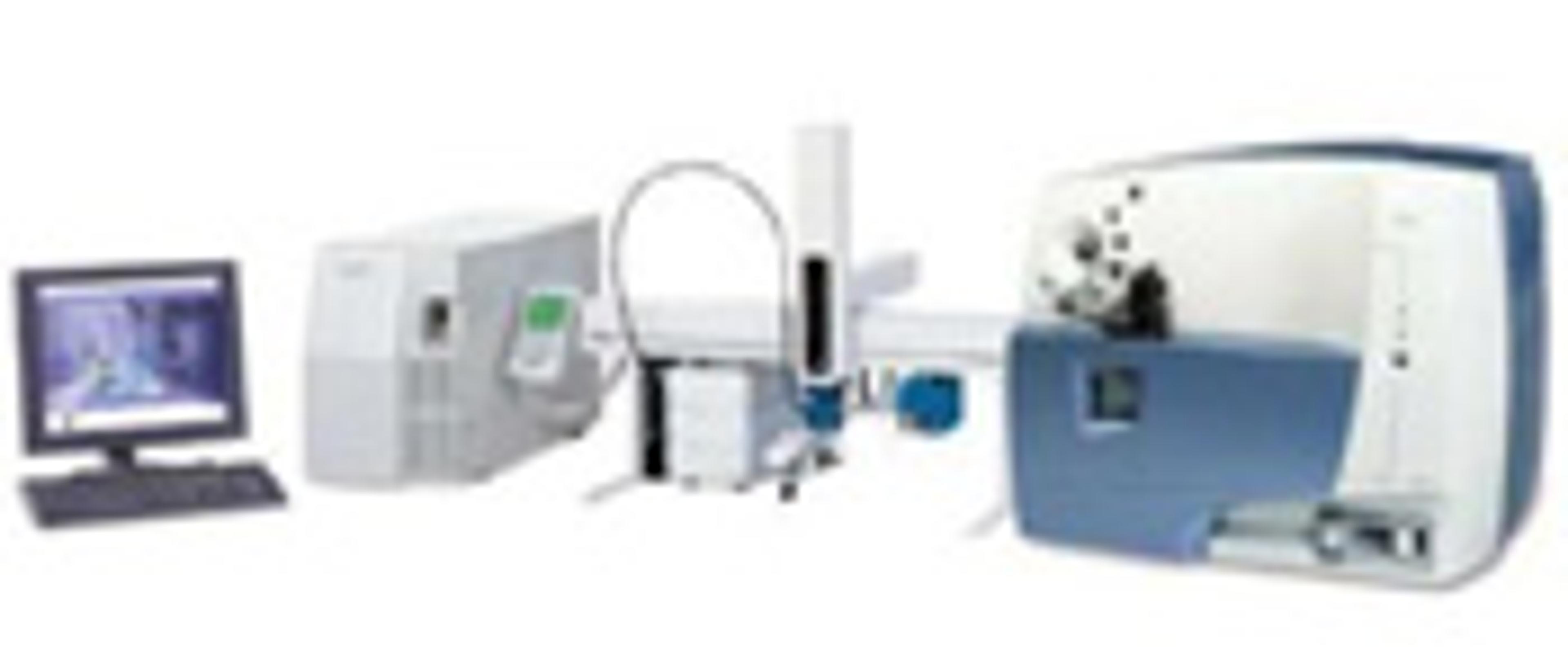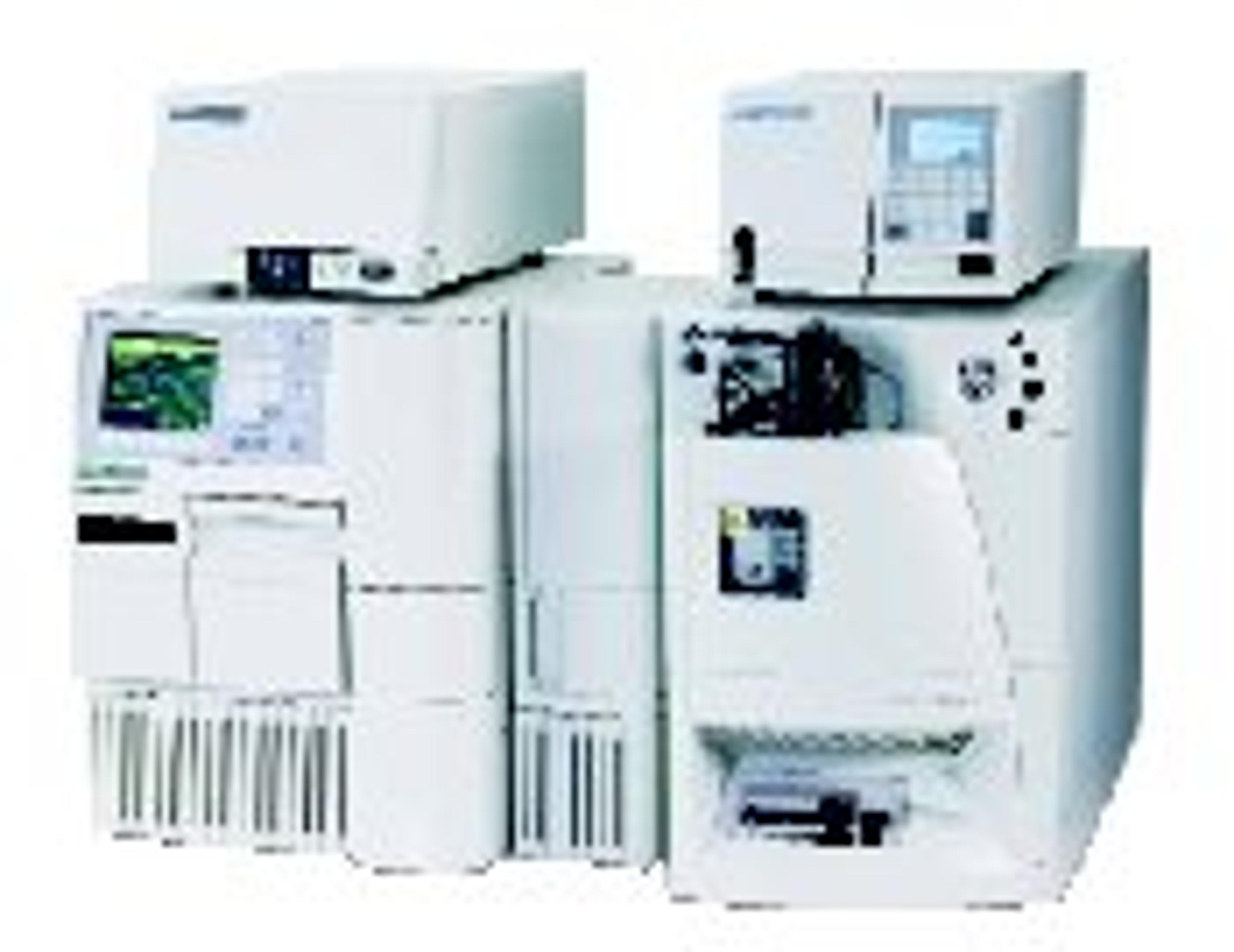ACQUITY UPLC ELS Detector
The ACQUITY UPLC® Evaporative Light Scattering (ELS) Detector is designed specifically for optimal UPLC®/ELS performance in a small footprint. When your analytes have poor to no UV/Vis response, or don’t ionize well by mass spectrometry, the ACQUITY UPLC ELS Detector with the ACQUITY UPLC System lets you analyze more molecules (including sugars, triglycerides, phospholipids, antibiotics, and natural products) in a single analy…
Universal detector for non-volatile or semi-volatile compounds, good for quantitative study
LC
ELSD is able to detect all compounds which are less volatile at mobile phase. Any compound that's semi-volatile or un-volatile is a destructive detector. Not a very good detector for quantitative study. Very good for qualitative to see what compounds
Review Date: 27 Mar 2019 | Waters
The ACQUITY UPLC® Evaporative Light Scattering (ELS) Detector is designed specifically for optimal UPLC®/ELS performance in a small footprint.
When your analytes have poor to no UV/Vis response, or don’t ionize well by mass spectrometry, the ACQUITY UPLC ELS Detector with the ACQUITY UPLC System lets you analyze more molecules (including sugars, triglycerides, phospholipids, antibiotics, and natural products) in a single analytical run.
Engineered for high volume or open access environments – anywhere large numbers of compounds are screened rapidly – the detector offers a convenient stackable design, easy maintenance, and long lamp lifetimes.
Features of the ACQUITY UPLC ELS Detector:
• Works with other detection techniques for a more comprehensive UPLC(/MS) analysis, for confidence that you’ve detected all of the components in your sample
• Provides reproducible, reliable results with precise control over nebulization and desolvation processes for the measurement of temperature-sensitive molecules
• Ensures the benefits of UPLC performance across the entire flow rate range with high data capture rates
• One nebulizer for the entire flow rate range provides simplified set-up and the benefit of maximized performance.
• Pre-aligned snap-in lamp is easy to change and provides maximum up-time.
• Data rates up to 80 Hz provide improved peak definition and confidence in quantitative results.
• Low gas pressure detection sends a signal to “stop flow” on your LC pump.

